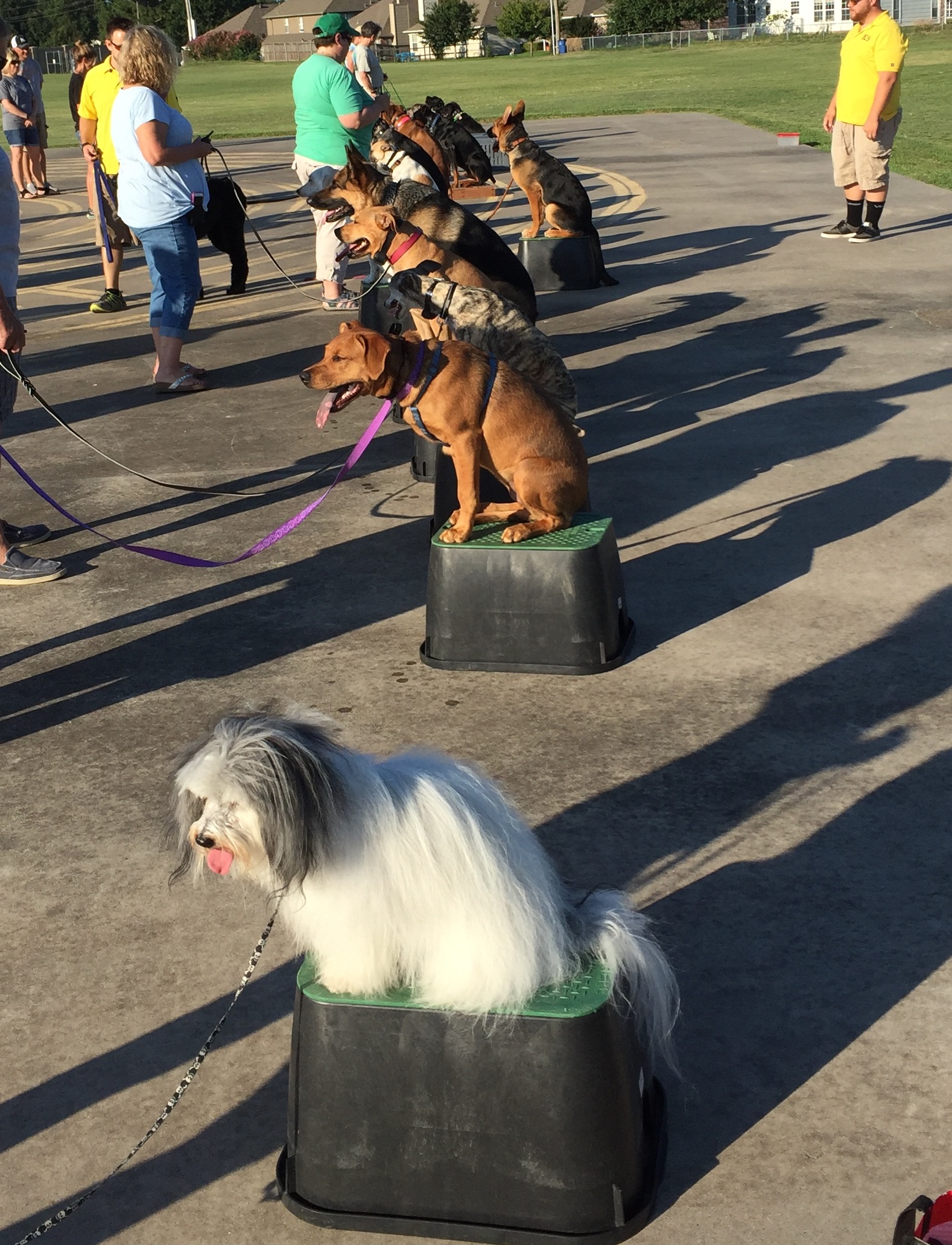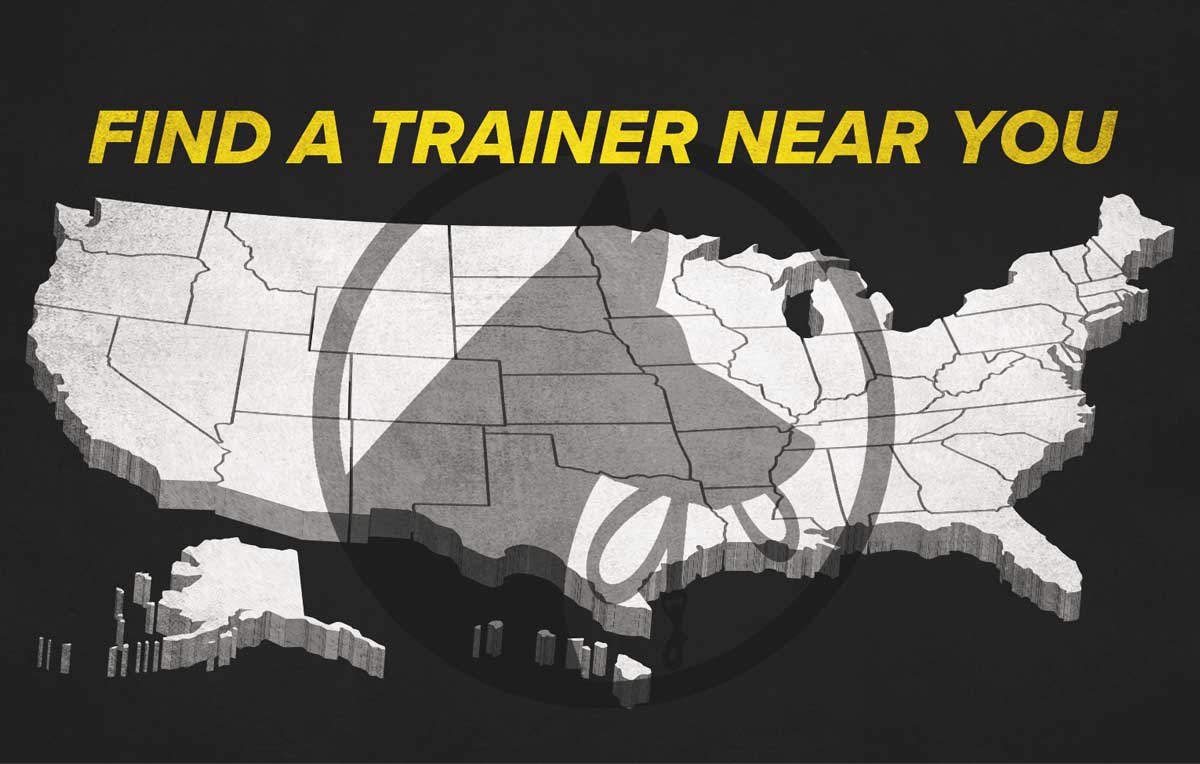What Does a Tip Top Group Class Look Like?
Group obedience class is great for your dog AFTER bootcamp or private lessons.
At Tip Top K9 our trainers teach in 3 phases:
1. Teaching Phase
1st phase is to teach the dog what the command means and what is expected of him from each command
2. Practice Phase
2nd phase we make sure that we have done enough repetitions that the dog is absolutely clear on the command and what is expected of him and has done 100s or 1000s of repetitions and knows what to do when told.
3. Proofing Phase
3rd phase is we proof the dog around distractions, we teach the dog he still has to execute the command that he’s clear on regardless of the distractions around! This is where we make sure the dog still does commands with other dogs, children, balls, food on the ground etc.
- Teach them the notes
- Teach them to play music and give lots of practice at home
- Put them in a recital in front of people
This is no different with dog training. If you skip either of the 1st two phases then the 3rd phase is impossible and you and your dog are set up for failure. If you do the 1st two phases but never take your dog to new places and work around tons of distraction then he will never be proofed!!
Group class is good and needed but it is not always best to start off with. Most dogs need a boot camp or private lessons at home first (if mom and dad have 30 minutes a night for homework) and then they need to use a group obedience class to teach their dog to listen around distractions.
Our first lesson is only $1.00 if you would like to see us in action!
Here at Tip Top K9 we Here at Tip Top K9 we normally do dog training first and then human training second and then distraction training third.
1st – We start with our doggie bootcamp and do all your initial training for you or we do private lessons to start behaviors and then then teach you (the humans) what to do and give you homework to progress your dog.
2nd – We do human training. For doggie bootcamp that takes the form of a 2-3 hour step by step hand off process for mom and dad or for private lessons that is taking the last half of a private lesson to train mom and dad and assign nightly homework.
3rd – We train mom and dad how to teach their beloved pup to listen in public places and listen around heavy distractions with other dogs. Only once your dog really knows what to do can we add in heavy distractions in the form of group class. This tends to get the best results out of the dogs!



